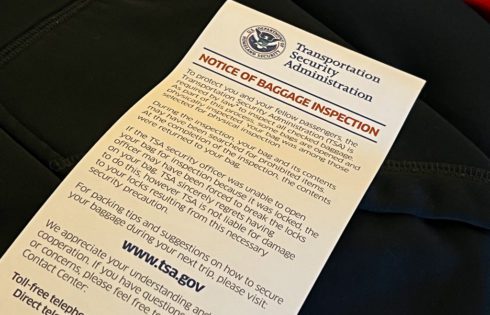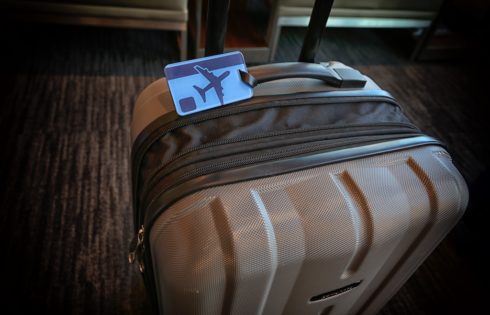
Inside TSA’s Checked Bag Screening Process — and the Mysterious ‘Resolution Room’
Ever wondered what happens to your checked baggage once you hand it over at the airport? How does TSA screen it, and what determines whether a human agent ends up

Ever wondered what happens to your checked baggage once you hand it over at the airport? How does TSA screen it, and what determines whether a human agent ends up

Checked luggage (or baggage) leaves a lot to be desired. There are fees that tend to pile up, the liability and worry of potentially losing your luggage, and just the
| Cookie | Duration | Description |
|---|---|---|
| cookielawinfo-checkbox-analytics | 11 months | This cookie is set by GDPR Cookie Consent plugin. The cookie is used to store the user consent for the cookies in the category "Analytics". |
| cookielawinfo-checkbox-functional | 11 months | The cookie is set by GDPR cookie consent to record the user consent for the cookies in the category "Functional". |
| cookielawinfo-checkbox-necessary | 11 months | This cookie is set by GDPR Cookie Consent plugin. The cookies is used to store the user consent for the cookies in the category "Necessary". |
| cookielawinfo-checkbox-others | 11 months | This cookie is set by GDPR Cookie Consent plugin. The cookie is used to store the user consent for the cookies in the category "Other. |
| cookielawinfo-checkbox-performance | 11 months | This cookie is set by GDPR Cookie Consent plugin. The cookie is used to store the user consent for the cookies in the category "Performance". |
| viewed_cookie_policy | 11 months | The cookie is set by the GDPR Cookie Consent plugin and is used to store whether or not user has consented to the use of cookies. It does not store any personal data. |
